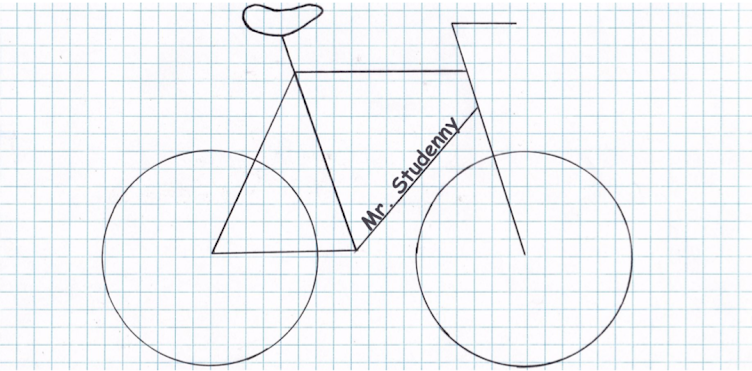Does Your Lesson Have Context?
When creating a lesson one of the important things a teacher needs to take into consideration is the level of engagement the students will have. Obviously, we want the students as engaged as possible. Now I know understand that many teachers find it necessary to have classes that they lecture and students take notes to help lay some ground work for the upcoming lessons. However, it is important for a teacher to always be critical of their methodology for delivering lessons. Furthermore, teachers need to make sure they are taking the time to get to know their students and decide what delivery would work best with this particular group of students.
When looking at the educators I follow on twitter I seem to see a growing trend of teachers becoming more theatrical in the delivery of their lessons. Below is a great example to check out:
I wouldn't go as a far as saying I'm telling teachers reading this to buy a new costume for each topic and turn your classes into a fully interactive play (although that's kind of an interesting idea to for integrated curriculum with the arts). I am however, strongly encouraging teachers to look at how engaging their lessons are. For me this is can be as easy as devising a creative "hook" to your lesson to capture your students attention (i.e., Captain Hook)
In the bigger picture, the point I am trying to make is to make sure that lessons provide some kind of context to them. This makes is so much easier to answer the time old question "why do we need to learn this. " Adding context to your questions whether it's bringing in the latest viral video or making math questions about real life problems this question quickly begins to be asked significantly less.
Do you have a unique way to add context to your lessons? Feel free to add your opinions to the comments below.
20 Books BY Teachers, FOR Teachers to Inspire Your Teaching via #DitchBook author, @jmattmiller https://t.co/VEVScqRxr1 #tlap pic.twitter.com/5GPCQ9g5ZH— Dave Burgess (@burgessdave) October 18, 2016
 |
| Retrieved From: capt_hook3.jpg |
I wouldn't go as a far as saying I'm telling teachers reading this to buy a new costume for each topic and turn your classes into a fully interactive play (although that's kind of an interesting idea to for integrated curriculum with the arts). I am however, strongly encouraging teachers to look at how engaging their lessons are. For me this is can be as easy as devising a creative "hook" to your lesson to capture your students attention (i.e., Captain Hook)
In the bigger picture, the point I am trying to make is to make sure that lessons provide some kind of context to them. This makes is so much easier to answer the time old question "why do we need to learn this. " Adding context to your questions whether it's bringing in the latest viral video or making math questions about real life problems this question quickly begins to be asked significantly less.
Do you have a unique way to add context to your lessons? Feel free to add your opinions to the comments below.




